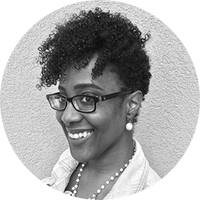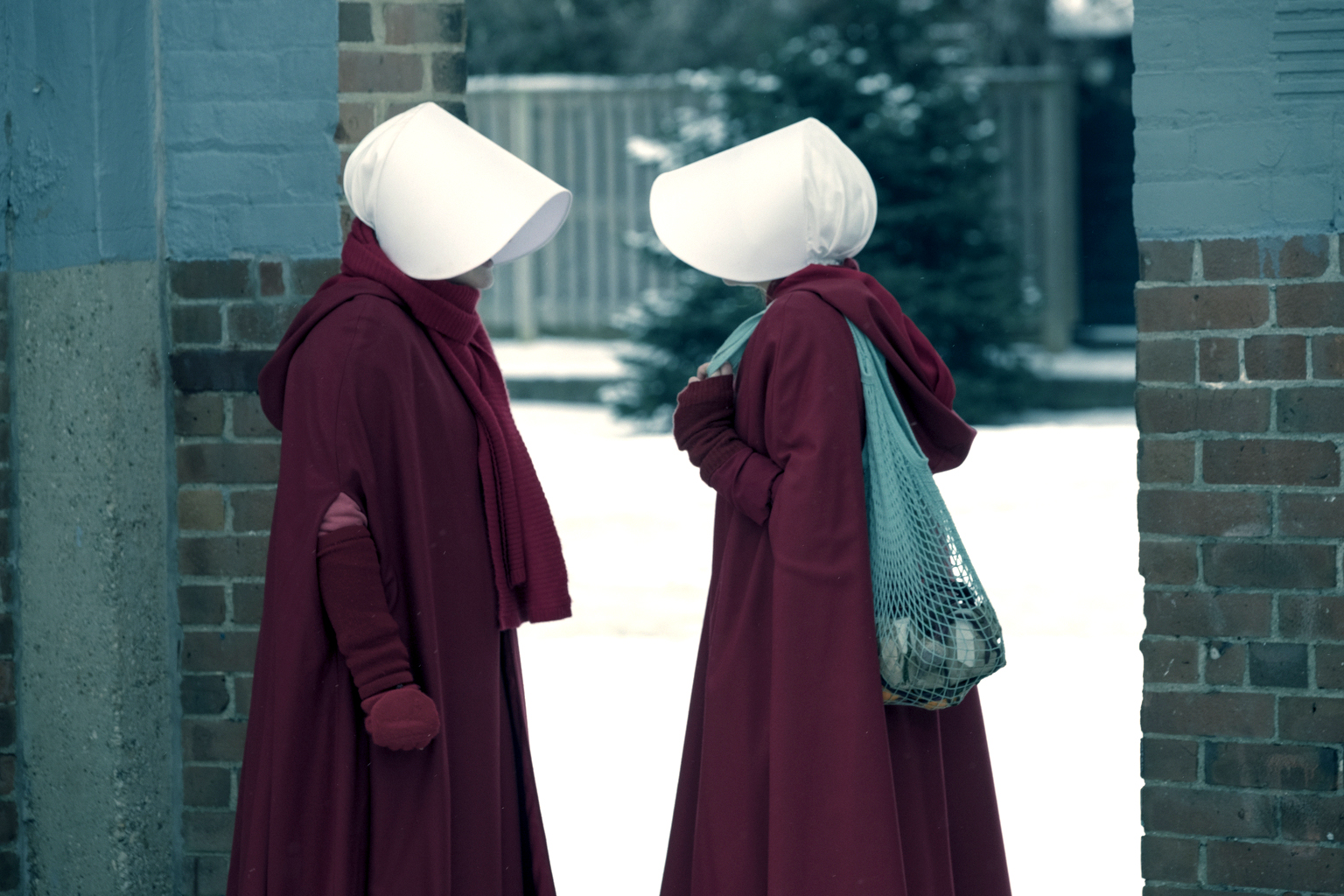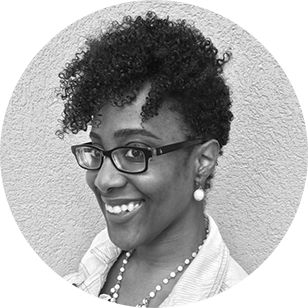The Handmaid's Tale's worsening race problem
The feminist dystopia has become a racial utopia


The Handmaid's Tale has a race problem and it's only getting worse.
Last year, Hulu's standout feminist series was praised by critics for its chilling depiction of "what could happen" to women in the Trump era, but also panned for refusing to acknowledge race in its vision of a dystopian future. But now, in season two, the show can't even acknowledge race in present-day America.
Margaret Atwood, whose novel forms the basis of the show, justified the series' racial blind spot as an artistic choice in an interview earlier this year: "[Showrunner Bruce Miller] made the decision that there would be many more multiracial relationships than there had been, since it was in the present time. June's partner is black, and that wouldn't have happened in the original novel because they were segregationists. But for the TV series, it was decided that being a fertile woman trumped race." Miller's attempt at a more diverse cast might have been well-intentioned, but by refusing to have the show's characters even see race, he has created a racial utopia that's only getting more fantastical with each passing episode.
The Week
Escape your echo chamber. Get the facts behind the news, plus analysis from multiple perspectives.

Sign up for The Week's Free Newsletters
From our morning news briefing to a weekly Good News Newsletter, get the best of The Week delivered directly to your inbox.
From our morning news briefing to a weekly Good News Newsletter, get the best of The Week delivered directly to your inbox.
Take one of the series' most important flashbacks. Viewers already knew from the first season that Lukas Bankole (O. T. Fagbenle), a black man, was married when he first met June (Elisabeth Moss), a white woman. But in the second season, we get a closer glimpse into this potentially fraught dynamic when we see how June first encountered Luke's wife Annie (Kelly Jenrette). Annie is a black woman, but there's not even a hint of racial tension when she confronts June in public after a yoga class.
"Did you ever think about me?" Annie asks June. "About what you're doing to me? Did you think about me when you were screwing my husband, you selfish bitch?" She screams after a fleeing June, "F--king whore!"
Nowhere in the exchange was the obvious fact brought up: A black man was leaving his black wife for a white woman. None of the parties appear conscious of their race, even when hurling their most hurtful barbs. In fact, Annie's diatribe at June echoes the words Aunt Lydia (Ann Dowd) uttered to June, back when her name was Offred, in the first season: "You were an adulterer. A worthless slut. But God found a way to make you useful." Even when the series shows present-day America, it can only do so in the language of Gilead.
Other flashbacks confirm that Luke and June remain curiously oblivious to the fact that they're in an interracial relationship at all. For instance, Luke and June's union produces a child they adore and protect, but the fact that their child is biracial is never acknowledged by the show, much less explored. When their little girl's school sends her to a hospital with a fever, the nurses interrogate June about her fitness as a mother, but they never even question whether the brown-skinned, curly-haired girl belongs to the blonde woman.
A free daily email with the biggest news stories of the day – and the best features from TheWeek.com
The Handmaid's Tale also ignores potential racial conflict in depictions both before and after the coup. While Max Minghella, who stars as Nick, the Waterford household's driver and June's lover, is himself a person of color, the show completely ignores his ethnic background. In fact, the mistress of the house forces June and Nick into a clandestine relationship that inadvertently provides them both a respite from Gilead's totalitarianism. The only obstacle to their love is the theocratic government that later separates them.
Even far away in the Colonies, where Gilead sends lesbian "unwomen" and other transgressors to labor and die, interracial love flourishes. One of the most poignant scenes this season features a deathbed wedding between Fiona and Kit, who are white and black respectively. The other women in the camp encircle them and hold diseased wildflowers as carcinogens float through the air. The overall message is clear, if saccharine: Love can grow in even the most poisonous environment.
The show's utter refusal to adopt any critical viewpoint regarding race turns every interracial connection into an idyllic, burdenless bubble for June. She never has to confront what it means to mother a black child as a white woman. She never has to consider any privilege as the wife of a black man in a white supremacist society. And so, in Gilead, she never has to tread lightly knowing that compelling a black truck driver to help her escape could result in his death and not hers.
In their faux utopian, postracial re-imagining of "the before," Miller and Atwood haven't just erased race. They've erased America.
Dara Mathis is a freelance writer whose essays have previously appeared in The New York Times, The Atlantic, and The Root. She is based in Maryland, where she lives with her husband, two daughters, and a yappy mini-Schnauzer.
-
 Why is Trump’s alleged strike on Venezuela shrouded in so much secrecy?
Why is Trump’s alleged strike on Venezuela shrouded in so much secrecy?TODAY'S BIG QUESTION Trump’s comments have raised more questions than answers about what his administration is doing in the Southern Hemisphere
-
 Vance’s ‘next move will reveal whether the conservative movement can move past Trump’
Vance’s ‘next move will reveal whether the conservative movement can move past Trump’Instant Opinion Opinion, comment and editorials of the day
-
 Why recognizing Somaliland is so risky for Israel
Why recognizing Somaliland is so risky for IsraelTHE EXPLAINER By wading into one of North Africa’s most fraught political schisms, the Netanyahu government risks further international isolation
